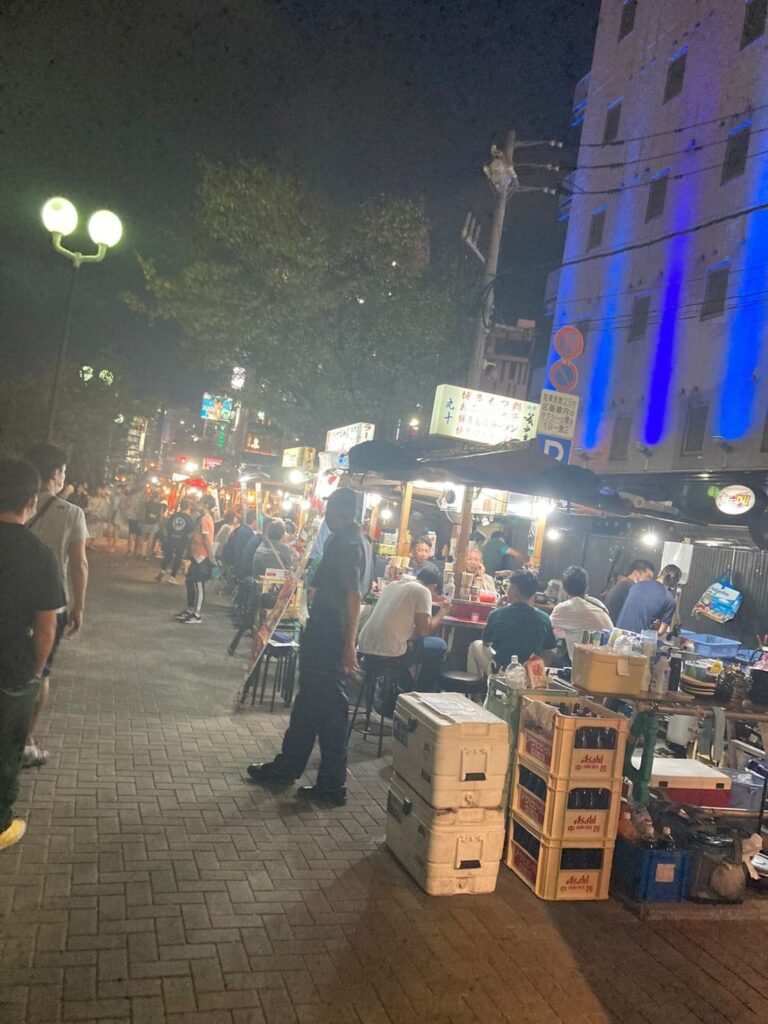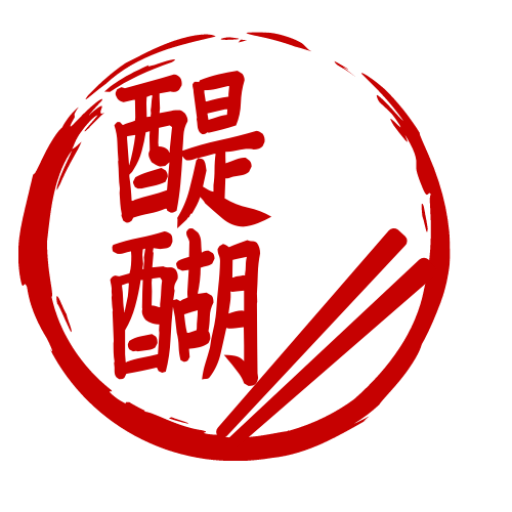An often overlooked part of Japanese cuisine, stews and hot pots are a Japanese favorite when the weather gets colder. There are many different varieties of this kind of hot pots, collectively known as nabe 鍋, however, one of these is the most widely spread of them all: oden.
What is oden?
Written in kanji as 御田, oden is said to have been, in origin, a rather different dish. Skewered and grilled tofu squares were topped in a miso-based sauce and eaten as a snack, particularly during winter, as the heat-retaining properties of cooked tofu would help in keeping warm. This original form of oden was actually called tofu dengaku 豆腐田楽, as the tofu skewers reminded people of a harvest ritual called, precisely, dengaku 田楽.
From the end of the Samurai era though, food stalls in the Tokyo (then called Edo) area started to simmer the tofu skewers in dashi 出し(fish-based broth): this was a quite convenient way to prepare quick snacks, as the broth could be just kept simmering while adding new ingredients to it as necessary. Also, with time, not only tofu but a variety of ingredients started being commonly added to the stew -daikon, fish cakes, and boiled eggs just to name a few. At some point, the –gaku part of the term dengaku was dropped, he honorific prefix “o” 御 was added and the dish started to be known as oden – at least in standard Japanese.
In fact, since the birthplace of oden is Tokyo and it spread first in the surrounding region, oden is known also as kantō-daki 関東炊き in the Osaka region and kantō-ni 関東煮 in the Nagoya area, with the word kantō indicating the area around Tokyo and daki, ni meaning “stew”. The base broth itself may be slightly different in both Osaka and Nagoya (typically more strongly flavored).

Typical oden ingredients and secrets of the master stock
Speaking of broth, it is common practice for oden makers to have a “master stock”, used as a kind of starter to prepare new oden batches. This might sound scary from a hygienic perspective but if properly done it actually isn’t: the continuous simmering of the broth prevents the development of microbes, and when the working day is finished, before putting the master stock away in a refrigerator, the broth is thoroughly filtered to remove any remaining bit of the stew’s ingredients, so make sure the remaining soup doesn’t contain parts that may spoil the master stock. With this thorough management, the master stock can be kept as a starter for a very long time, with the aroma of each ingredient simmered in it adding to the stock flavor profile.
About the stew ingredients themselves, there are some that are considered to be kind of must-haves when preparing oden, while others are more “controversial”: boiled eggs, daikon, konnyaku 蒟蒻, different kind of fish cakes (known as hanpen はんぺん and satsuma age 薩摩揚げ) and, of course, tofu, are some of the “common-knowledge” ingredients, while things like boiled potatoes, and, in some cases, whale meat, are more open to debate. I can’t say for sure that is the main reason behind the choice of ingredients, but all of the above ingredients do have good heat retention capabilities: it makes sense for a dish that is often eaten as a quick snack in the autumn/winter times.
Stew on the go
Considered by some as a Japanese forerunner of fast food, in the sense that it was a dish often eaten outside during the cold autumn and winter months, oden still keeps its quality as “food on the go” or, at the very least, as food that’s eaten while standing: rather than being eaten in specialty restaurants, oden is often enjoyed in autumn and winter as a snack while drinking alcohol, often in “drink-while-standing” establishments known in Japanese as tachinomi 立ち飲み: which can be very small, very hole-in-the-wall locations, often having just a plastic curtain separating the inside from the cold outside!

During the winter months, oden can also be found close to the cashier in konbini (supermarkets open 24 hours), where some pieces of the stew can be quickly grabbed (with hygienic stainless steel pincers, of course!), put in a takeaway tray with some of the broth, and eaten just outside of the supermarket, in the car, or brought away for later consumption.
There are many cool activities that can be done in Japan during the autumn and winter months: from fall leaves viewing, Momiji 紅葉, to enjoying a bath in an outside onsen while the snow falls; while maybe less poetic, having some nice oden stew in a nice little place, enjoying some Japanese sake and good company, is one of those activities that people should try at least once in their lives!

